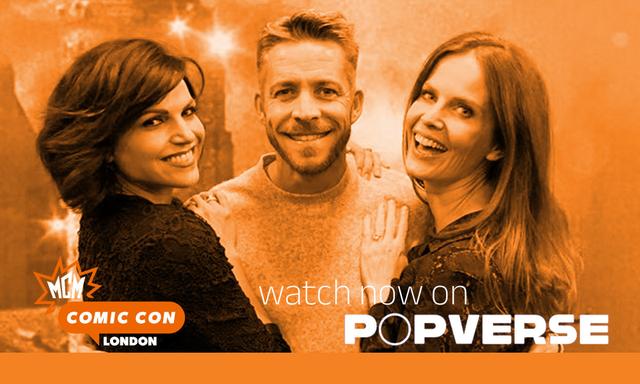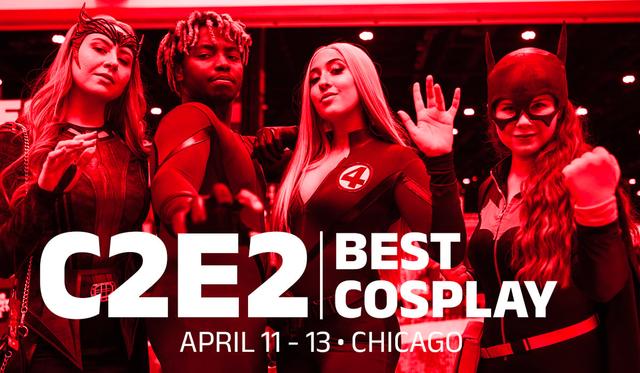If you click on a link and make a purchase we may receive a small commission. Read our editorial policy.
The Awkward Yeti's Nick Seluk shares how gag comics are "perfect for my ADHD brain"
Cartoonist Nick Seluk chats building his career, his relationship with his audience, and his artistic inspirations

If you were on the social internet during a particular chunk of time in the '10s, you have most likely seen one of Nick Seluk's comics. The Awkward Yeti started in 2012, when Seluk began to publish a comic a day starring a blue yeti named Lars. Lars would sometimes talk to an anthopomorphized version of his heart and brain, and soon, Heart and Brain took on a life of their own in a spinoff strip.
Funny, insightful, and relatable, Nick Seluk's comics are representative of a very specific time of the internet and webcomics, when jpegs would be shared on forums, and it felt like everyone online were reading the same handful of comics.
The internet is very different now, but Seluk is still here and still making comics for a large and loyal audience. He's also created a bit of a merchandising empire with nonfiction picture books, collections of Heart and Brain, toys, and more.
Popverse recently had a chance to chat with Nick Seluk, who is now looking back at over a decade of making gag-a-day comics. In this interview, we talked about Seluk's work, how he built his career, and his inspirations.
Popverse: Nick, call you tell us about how you started cartooning?
Nick Seluk: I started cartooning as early as I could remember. It seems like no matter what work I do, or hobbies I try, or what style of art I try to learn, cartooning is just the most natural thing for me. Maybe it’s my lack of attention span. I spent a lot of time drawing cartoons during class in middle school and high school, and I think making my friends laugh really sold me on it as something I’d want to do professionally.
What interests you about the format of the gag comic?
Gag comics are like stories that take place in a moment of time. It’s perfect for my ADHD brain.
I love to be able to communicate real thoughts and feelings in such a simple way, and create characters that people connect to in a positive way. It’s also the format I read most as a kid - reading comic strips in the newspapers, books and magazines carries a lot of nostalgia.
Since your comic is posted online, you get direct response from readers, sometimes, I assume, even instant. Can you tell me about your relationship with your audience and if that's changed over the years?
Early on I felt like I knew every fan, and there was an intimacy and charm to that. The instant feedback has helped me tremendously, allowing me to adapt and grow with the audience. So, although a bigger audience makes it very difficult to know people individually, there’s a connectedness that still comes from relating to the content together.
You started The Awkward Yeti in 2012, which means that you've been doing all this for a decade now! [Congrats, by the way!] How have you noticed the online gag comic space has changed over the years? How has it stayed the same?
When I first started it felt like it was on a wave, a sort of second generation of webcomics that found popularity on mainstream social media (as opposed to creator-owned websites). Shortly after that, traditional and digital publishing companies started taking notice and signing a lot more online cartoonists and trying to cultivate new artists. That led to a huge influx of creators, which is fantastic to see, but also made it much more competitive to make a living. Social media is constantly changing, and it’s important to try to keep up with it.

You went full-time only two years into doing your comic. What led to that change? Was it a book deal? A milestone on Patreon? Merchandising? How did you make that decision?
Merchandise was starting to bring in some money somewhat consistently, but the final decision to leave my corporate job came when I got a book offer and an online publishing offer at the same time. It was still a tough decision, but I figured if I had an extra 40 hours per week to invest in myself, I would succeed. If you’re going to bet on anyone, bet on yourself, right?
Can you tell me a few of your cartoonist inspirations? And maybe some current cartoonists whose work you admire?
Too many to name. But, as a kid it would have been Gary Larson, Bill Watterson, and Jim Davis, among many others. As I was inspired to start posting online, the Oatmeal and Perry Bible Fellowship. And now, Poorly Drawn Lines, Safely Endangered - and again, too many to name.
How has your relationship with your cartooning practice changed over the last decade?
From the beginning, the relationship has been a balance between the necessity to make a living, and the creative freedom needed to make quality content. It’s a delicate, often stressful balance, but overall the relationship has been the same: desperately adapt in order to hold on to what I have.
You can read Nick Seluk's comics for free on Twitter, Instagram, and his website (where you can also check out his merch shop!).
Dave Chisolm's Enter the Blue dives into the world of jazz, performance, creation, and obsession..
Follow Popverse for upcoming event coverage and news
Find out how we conduct our review by reading our review policy
Let Popverse be your tour guide through the wilderness of pop culture
Sign in and let us help you find your new favorite thing.
















Comments
Want to join the discussion? Please activate your account first.
Visit Reedpop ID if you need to resend the confirmation email.